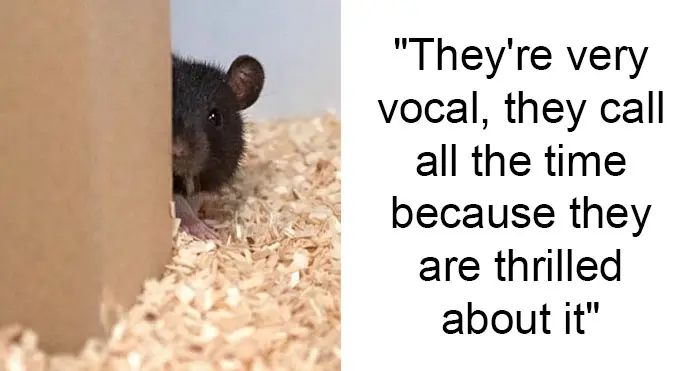There are six rats playing hide and seek today thanks to a team of scientists in Berlin. Which proves that the genuinely fun game is a universal game that transcends all barriers, be it language, age, or species. This study was inspired by a YouTube video that Michael Brecht, a Neurobiologist from Humboldt University in Berlin, saw.
Some of the videos contained claims of rats playing hide and seek and other games. And these claims naturally piqued the scientists’ interest. Previous research has already concluded that rats enjoy rowdy games, but hide-and-seek isn’t that simple. And it was a challenge these scientists were willing to undertake.
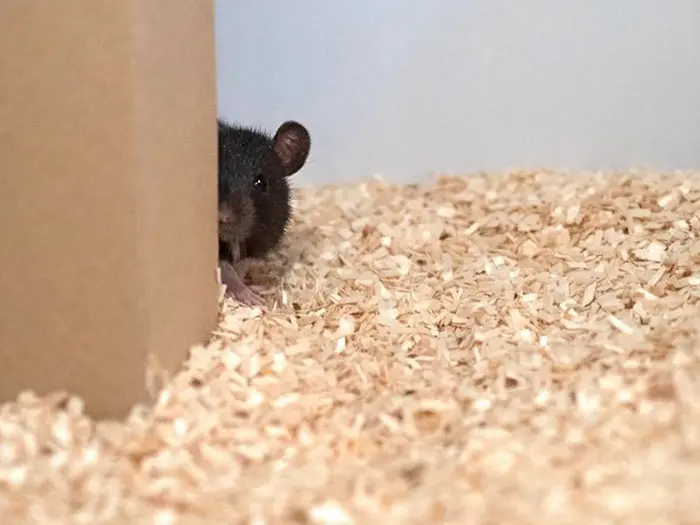
“It has long been known that rats engage in simple forms of play — rough and tumble — but we wanted to know if they could do more complex games, like hide and seek,” neurobiologist Michael Brecht, an author of the study, published in the journal Science.
Rules, roles, and strategy are important elements that make hide-and-seek such a fun game. And the fact that there have been testimonies of rats playing hide and seek certainly hinted at how complex rat behavior is and how little we have come into terms of understanding it.
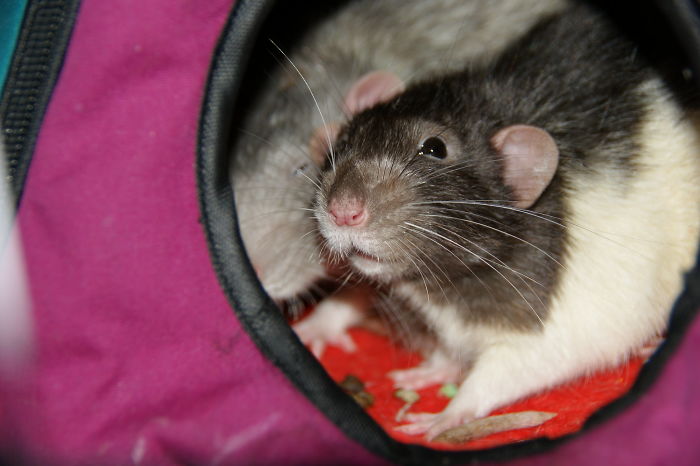
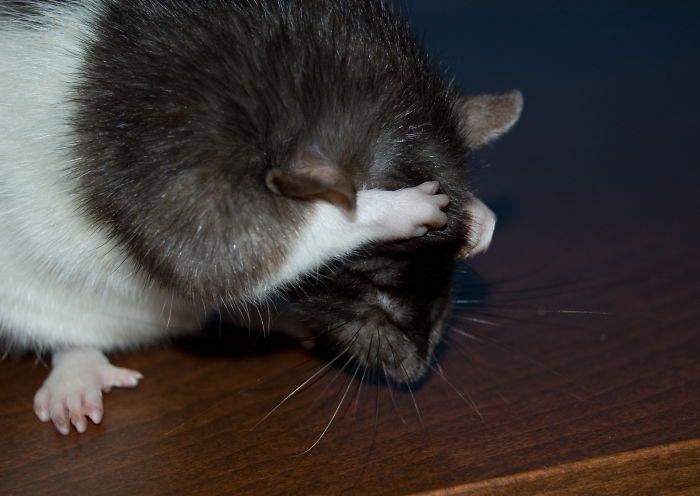
And so, Brecht together with some of his colleagues, set up a 30-square-meter playground for the critters. The playground featured two hiding options for the rats. There were transparent boxes, which were dubbed as the ‘stupid’ hiding place. But the rats, after getting the hang of the game, started opting more and more for the ‘smart hiding place’, which were the opaque boxes. Of course, there were also hiding places for the experiment’s game master, Annika Stefanie Reinhold, who had the important task of introducing the game to the rats.
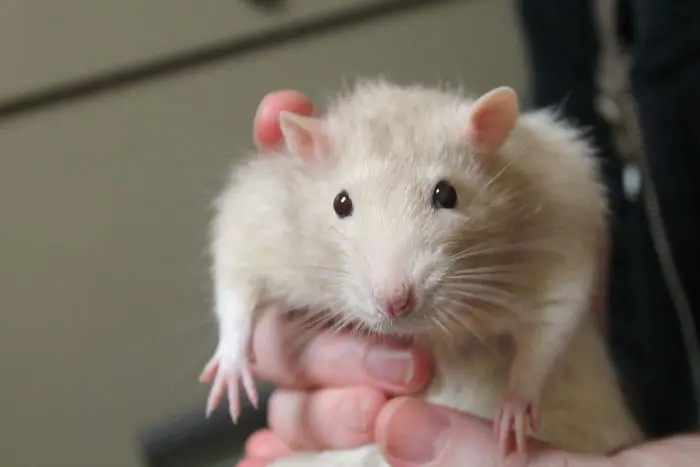
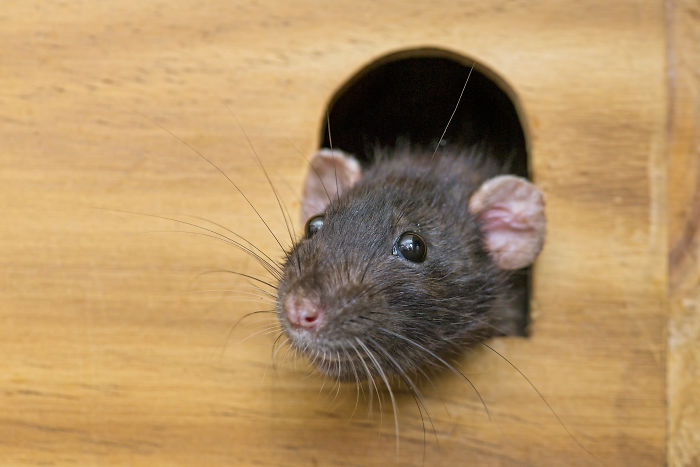
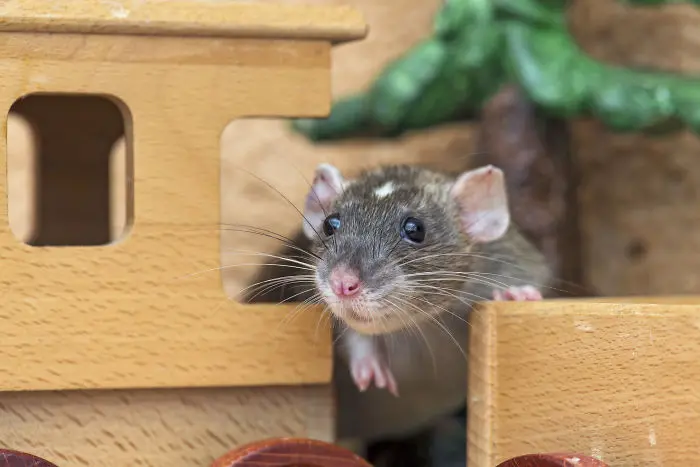
Six rats were chosen for the fun experiment. The training started quite slowly. Each rat was trained individually at first. The introductory procedure began with placing a rat into a lidded box and be released as soon as Reinhold has already hidden herself away.
Then, the rat would have to search for its human playmate. Whenever the rat successfully finds Reinhold, it is rewarded with pats and tickles. However, the scientists observed that some rats would hide again, even if it meant receiving their reward a little later. It was proof enough for the scientists to believe that the rats were playing just for the sake of fun.
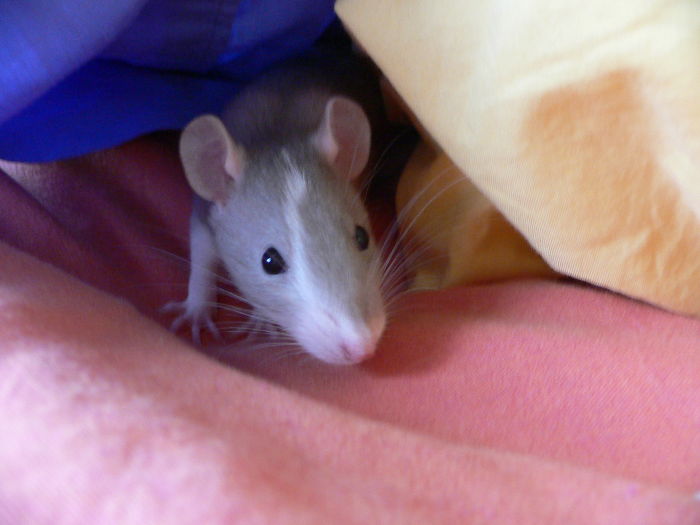
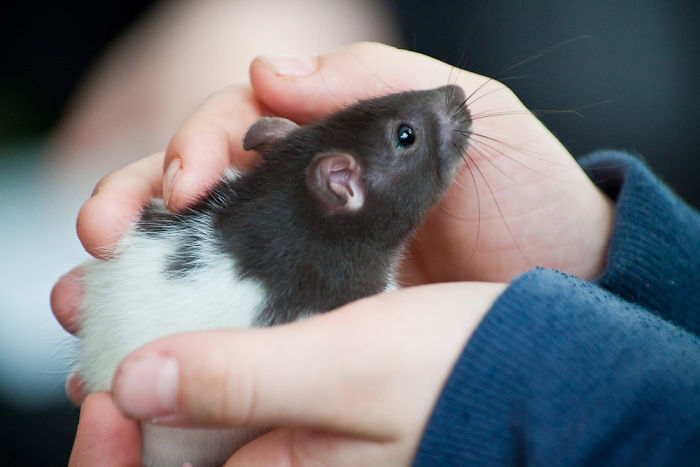
After the conditioning, the scientists switched the roles. This time, Reinhold acted as the seeker, and the rats jumped out to hide in one of the prepared hiding spots. Within two weeks, they saw 5 out 6 of the rats playing hide and seek, in either role. And as if that wasn’t cute enough, they would squeak with joy whenever they’d win!
“They look like they are having fun. They come running. They’re very vocal. They call all the time because they’re thrilled about it. But when they hide, they are pretty silent.”
While the rats played, the scientists learned. Brecht and his colleagues studied the neural activity in the rats’ prefrontal cortex during this experiment. And they found that several cells in the rat’s brain region responded to certain aspects of the game. Who said rats don’t know how to have fun?
And this is the video that inspired the study:
It seems that we might actually get a real-life Remy in the future, thanks to science.

